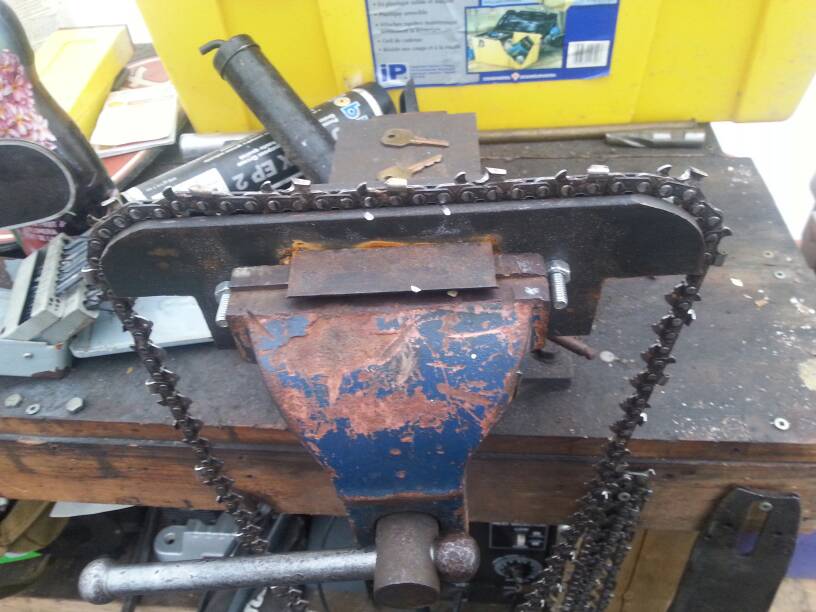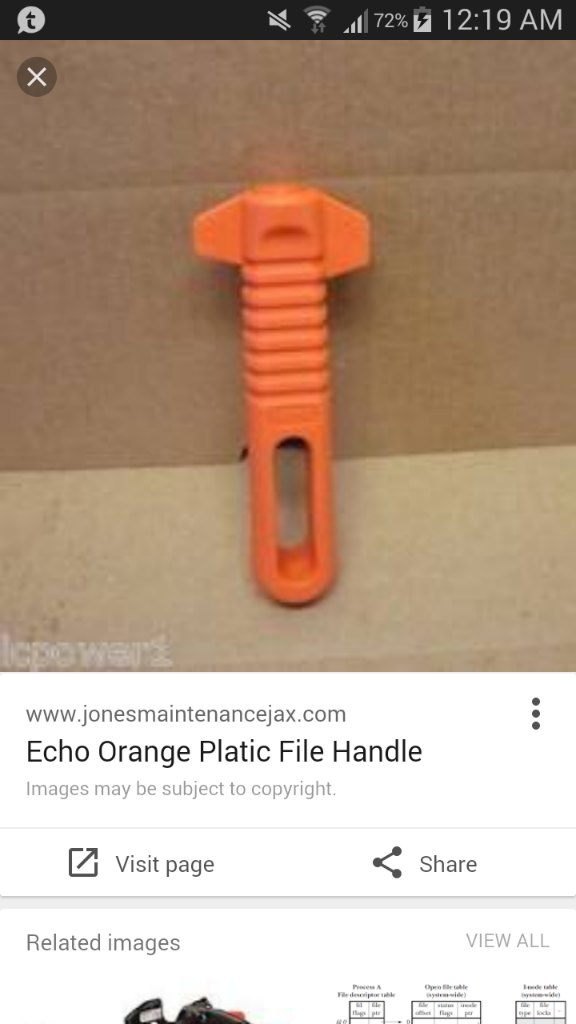Chris-PA
Where the Wild Things Are
The one thing that I have found makes the most difference in hand filing is a good chain vise and good lighting. I use no guides other than for depth gauges. I find that when I think I've done a decent job touching up a chain on the bar, or that it looks pretty good yet, when I put it on the vice and get a real good look at it there is almost always improvement to be had.
This is one I made, and it isn't fancy. The angles are marked off for the chains I use:


This is one I made, and it isn't fancy. The angles are marked off for the chains I use:


Unless you are filing huge full comp chains that have been rocked then something is wrong. My files last much longer than that. I buy the 3-packs of Stihl files at the local hardware store.one file one sharpen an throw the file in the trash









